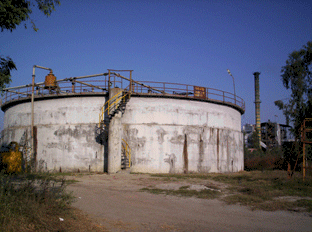

Activated Sludge Primer Need to know more? Send us an email or feel free to search our online series with our give away search engine: |
Suspended growth or activated sludge systems typically consist of some type of pretreatment followed by an aeration basin and a final solids separation unit. The purpose of pretreatment is to remove large suspended solids than can interfere with the mechanical features in biological treatment equipment or to reduce the organic load reaching the aeration basin. To a certain extent this arrangement may be the simplest configuration, i.e. a single-sludge design.
Numerous variations have been used for treating industrial as well as municipal wastewaters. Such variations include two stage activated sludge systems, combinations of fixed-film and suspended-growth systems, fluidized-bed reactors and membrane bioreactors. Other activated sludge arrangements basically do away with primary clarification and handle the load almost entirely.
Over the years activated sludge systems have
successfully expanded their scope to incorporate biological nutrient
removal (BNR). Ages ago stripping could have been seen
as appropriate for ammonia removal - not anymore.
Similarly outdated, a number of engineers may prefer to remove P with chemicals because it is very predictable and they don't have a good understanding of biological phosphorus removal
(BPR). Actually, BPR is just as easy and just as predictable, and you don't have to deal with sludges that contain a lot of chemical. The BPR approach makes more sense environmentally and from an engineering standpoint. You simply need an anaerobic activated sludge zone where the influent wastewater enters the system, i.e. a separate compartment.